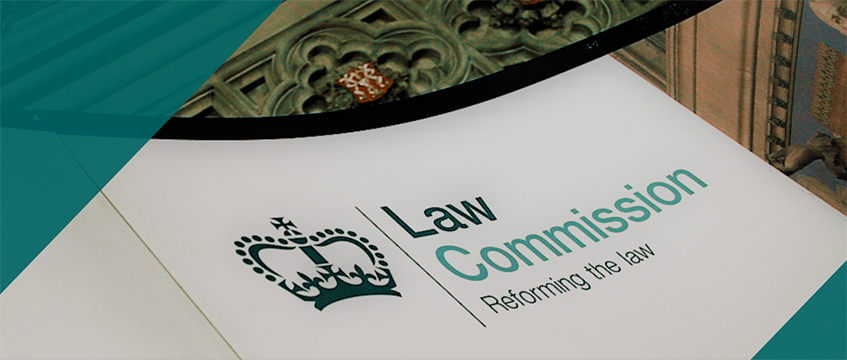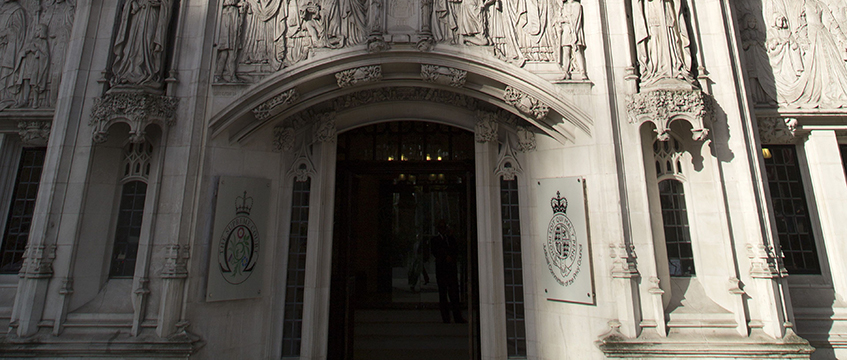Statutory periodic tenancy — Whether quarterly or yearly — Section 5(3)(d) of Housing Act 1988 — Period for which rent last payable — Whether referring to period for which rent calculated or frequency of payment — Appeal allowed
The appellants were the landlords of a flat leased by the respondent tenant under a tenancy agreement for a term of one year less one day. The rent was defined as “a clear yearly rent of £17,680.00 per annum”, but it was to be paid by equal quarterly payments in advance on the usual quarter days. Following the expiry of the contractual term, the respondent remained in occupation under a statutory periodic tenancy arising under section 5 of the Housing Act 1988. Two months later, the appellants served a possession notice under section 21(4)(a).
The respondent submitted that the appellants’ possession notice was invalid since it had been served prematurely. The central question was whether the respondent’s periodic tenancy was quarterly, in which case the notice was valid, or yearly, as the respondent contended. That turned on the construction of section 5(3)(d), which provided that the periods of the tenancy were “the same as those for which rent was last payable under the fixed-term tenancy”.
The judge found in favour of the respondent and dismissed the claim for possession. He considered himself bound by the view of the Court of Appeal in Laine v Cadwallader (2001) 33 HLR 36 that the relevant period was that for which the rent was fixed, and that provisions as to the time of payment were immaterial. However, the judge stated that if the matter had been free of authority, he would have reached the contrary view. The appellants appealed.
Held: The appeal was allowed.
The Court of Appeal’s observations on section 5(3)(d) in Laine were not essential for the decision in that case and were to be treated as obiter. Although the view there expressed accorded with the common law position on holding over at the end of a fixed-term tenancy, the court’s task was to construe the legislation introduced into a new field of assured tenancies. There was no presumption that the new statutory regime would reflect the common law, and the words of the statute had instead to be given their ordinary meaning.
Meaning had to be given to the word “last” in section 5(3)(d). It qualified “payable” by giving a relation of time or manner or nature to what was payable. Accordingly, in order to determine the period for which rent was last payable under the fixed-term tenancy, it was necessary to ascertain, first, what payment of rent last fell due, in the sense of being the last payment that the respondent was obliged to make, and, second, what period was covered by that last payment. Since the last payment had been an instalment payable in advance for a quarterly period, the respondent had a quarterly periodic tenancy.
James Fieldsend (instructed by Charles Russell LLP) appeared for the appellants; Stephen Evans (instructed by Paddington Law Centre) appeared for the respondent.
Sally Dobson, barrister










